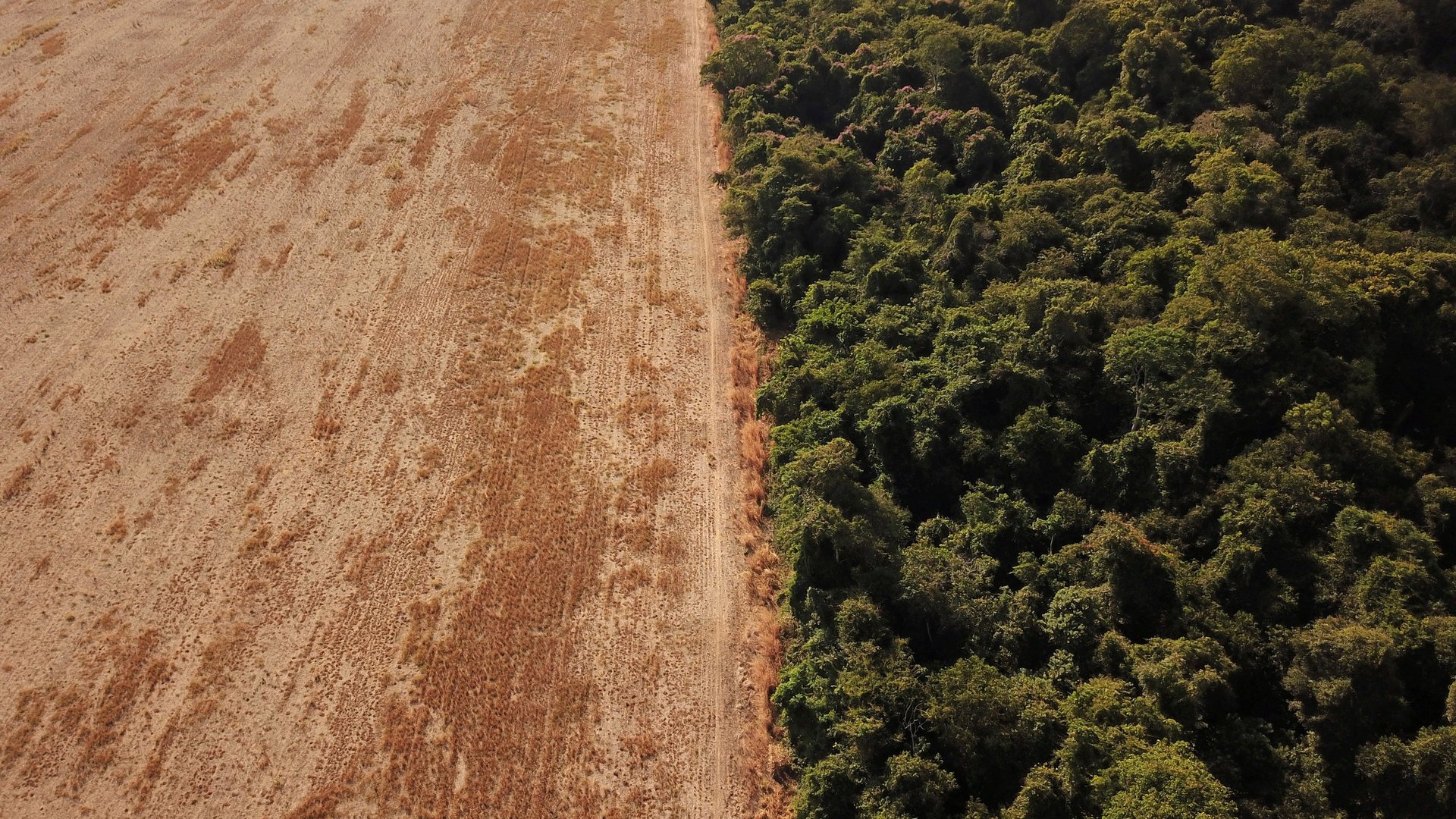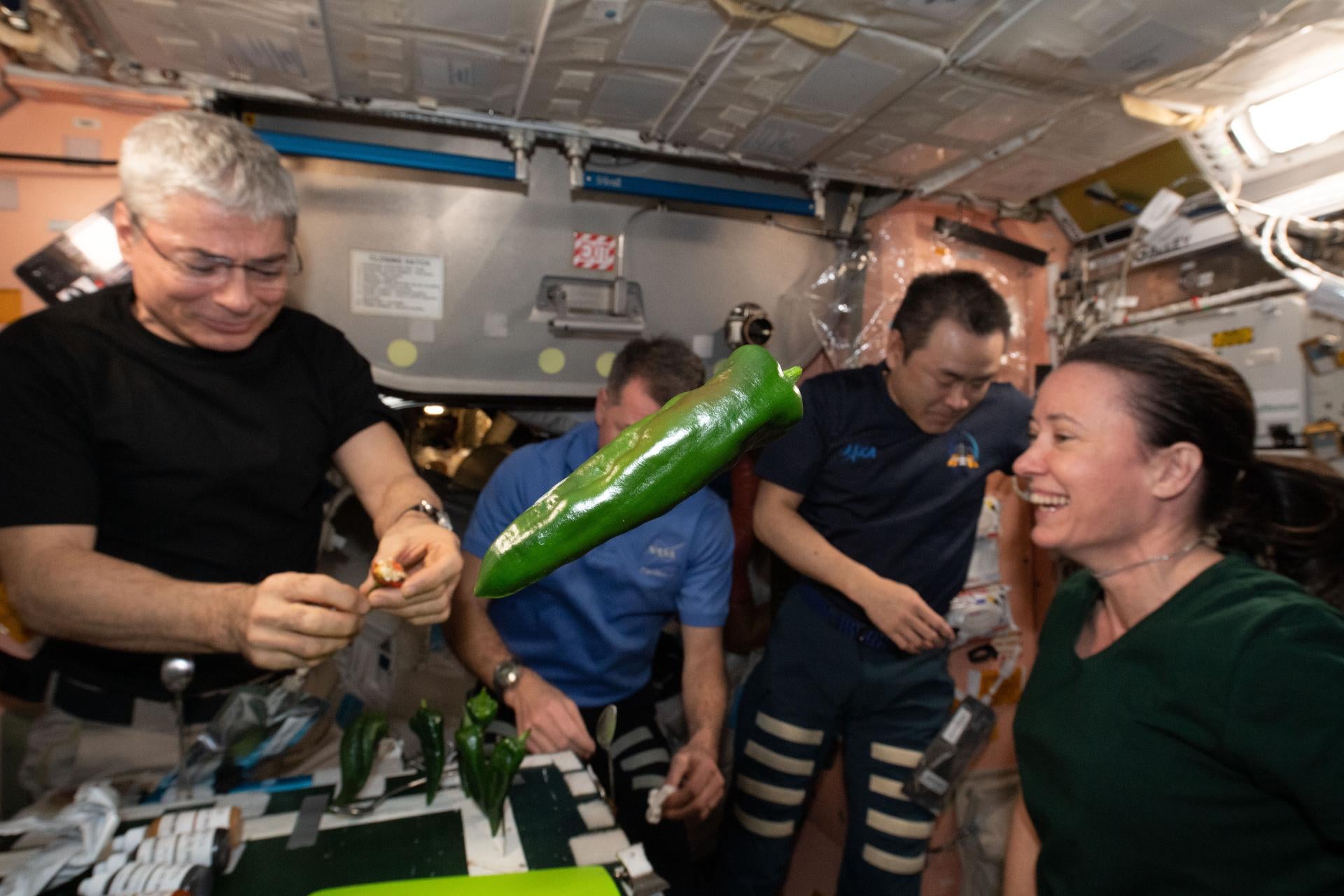Saving Earth from overheating requires climate-monitoring satellites
Dear readers,


Dear readers,
Welcome to Quartz’s newsletter on the economic possibilities of the extraterrestrial sphere. Please forward widely, and let me know what you think. This week: Trust but verify, LEO chiles, and Kuiper picks its first rocket.
This will be our last “regular” newsletter for a while as Tim goes on family leave, but look for dispatches from other space observers in the weeks ahead.
🚀 🚀 🚀
There was a time when satellites were the last obstacle to recognizing climate change. In the 1990s, as temperatures collected on the ground continued to confirm global warming, measurements made from space still disagreed. That finally changed when scientists realized they were not properly accounting for the changing orbits of the spacecraft taking these measurements.
“Until now, the [satellite] data have been the principal refuge for those who deny the reality of global warming,” a group of NASA scientists wrote in a 1998 paper. “We believe that warming trends of both the surface and troposphere are now sufficiently clear that the issue should no longer be whether global warming is occurring, but what is the rate of warming, what is its practical significance, and what should be done about it.”
In Glasgow, Scotland, a United Nations conference has assembled world leaders to work on that last part. But agreeing on how and when to reduce emissions depends on a scarce asset: trust. World leaders divvying up the costs of decarbonization will be asking their citizens to make sacrifices during the transition to a renewable economy. And right now, it’s difficult to know for sure, in real time, who will actually follow through.
Negotiators at the conference fret that data provided by individual countries might not be on the level. The UN’s Intergovernmental Panel on Climate Change develops rigorous scientific consensus about climate change, but its multi-year process is too slow to influence decisions being made on the fly.
Of course, this isn’t the first time that suspicion has marred international efforts to defeat a common threat. When the nuclear arms race between the Soviet Union and the United States threatened the existence of the planet, arms-control deals helped limit and deter the threat of atomic apocalypse. A key mechanism in these deals were the recognition of “national technical means” of verifying that each country was actually limiting its missile arsenal. The most prominent of these national technical means were Earth-imaging satellites used for surveillance by both countries.
Spacecraft can again be the validator for human cooperation on Earth. The biggest announcement to come out of the UN climate meeting so far is the goal of ending deforestation by 2030, which includes subsidies for developing countries.
“Wealthy countries pay forest asset holders not to cut down their forest [as] a counter-subsidy to the normal economic incentives to turn it into agricultural land, [but] it doesn’t work if you don’t have an independent monitoring system,” Andrew Zolli, the chief impact officer at the satellite firm Planet, argued before the conference began.
Planet is part of one such effort, a platform called REDD+, funded by the government of Norway to monitor global deforestation with data from space. (The idea emerged from a previous edition of this UN climate meet-up.) The results have been mixed so far, with deforestation rising slightly and disputes emerging about the efficacy of payment mechanisms. Yet the framework won support, and billions in funding, from governments and business leaders, in part because forests are relatively easy to measure.
Other sectors targeted for reducing emissions are more difficult to assess in real-time. Climate Trace is developing software that can analyze activity at power plants measured from space to quantify their carbon emissions. Satellites are already giving us (bad) news about methane emissions, and we’ll soon have more data of that kind. And sea-level change is something satellites already have a fairly good grasp on.
Taking climate change seriously means measuring it seriously. During the Cold War, some arms control researchers floated the idea of an “International Satellite Monitoring Agency” that would provide unbiased information about nuclear weapons, akin to the International Atomic Energy Agency’s work to promote peaceful use of nuclear technology. That vision was never realized, but perhaps the time is right for an International Climate Monitoring Agency to create unbiased tools for decarbonization.
***
Last week’s newsletter incorrectly identified AST SpaceMobile’s terrestrial partners; the company is working to link its satellites with networks operated by Rakuten Group, Vodafone Group, and American Tower Corporation.
🌘 🌘 🌘
Imagery interlude
Astronauts onboard the International Space Station grew some hot peppers and had a taco party this week.

🌍🌎🌏
Start your day right—and that includes your first bleary-eyed scroll through the inbox. Improve your awakening by signing up for Quartz’s Daily Brief, an efficient and enlightened guide to the news of the day.
🛰🛰🛰
Space debris
Amazon buys Launch. The e-commerce giant made another step toward space by picking ABL Space Systems to launch two prototype spacecraft for its Kuiper satellite constellation late next year. ABL has yet to launch a rocket and plans its debut mission for early 2022. Amazon has until 2026 to get at least half of its 3,236-satellite constellation into orbit.
SpaceX Dragon aims for Nov. 6. A minor medical issue facing one of four astronauts (neither an emergency nor related to covid-19) has delayed a NASA launch until at least Saturday, Nov. 6.
Redwire buys a biotech firm. Redwire, the space conglomerate that has snapped up a number of firms in the sector and recently went public through a SPAC transaction, purchased Techshot. The takeover adds another suite of space applications to Redwire’s portfolio, which already includes companies focused on building a variety of spacecraft components and manufacturing goods in space.
Starlate. Eager customers seeking to use SpaceX’s internet service Starlink are complaining that updating the location where they plan to use the service on the company’s website kicks them to the back of the order line, delaying delivery until 2023. From the get-go, I’ve wondered how SpaceX would manage a consumer-facing business line, and hiccups like this are what you might expect. Meanwhile, the company has registered a subsidiary in India and begun talks with telecoms in the Philippines.
A lot of ins, outs, and what-have-you’s. Next year, NASA will launch an un-crewed test mission with the vehicles designed to carry US astronauts back to the moon. Figuring out exactly when it can take off is a complex process—this explainer by Philip Sloss does a great job digging into the many factors that go into planning a moonshot.
Your pal,
Tim
This was issue 114 of our newsletter. Hope your week is out of this world! Please send the ideal produce to grow in microgravity, more climate applications for space hardware, tips, and informed opinions to [email protected].